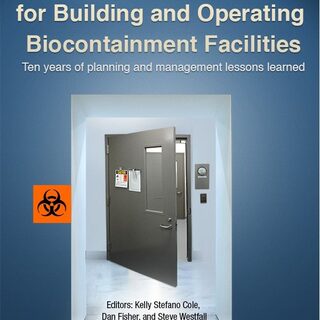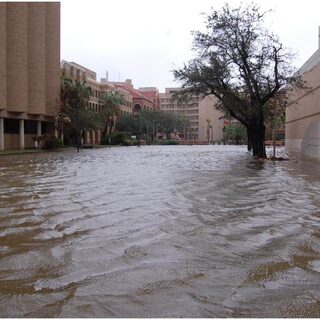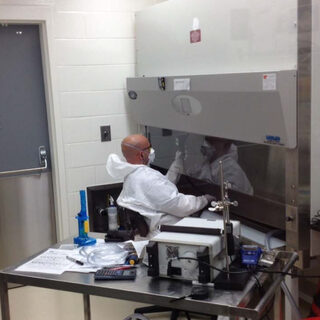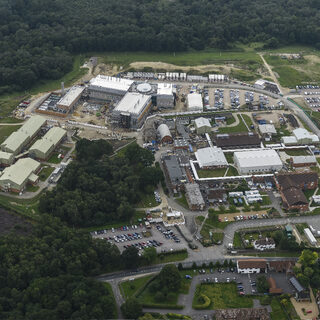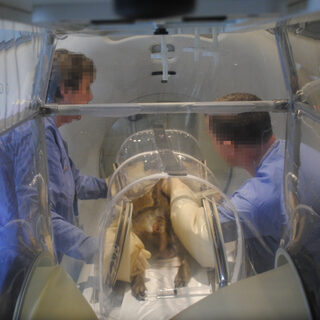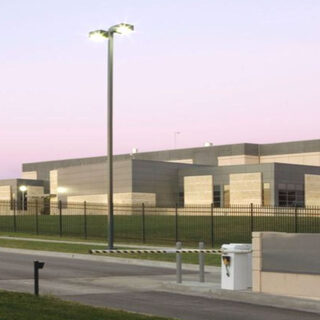Texas A&M Plans Pandemic Influenza Facility
Texas A&M University is planning to build the $285.6 million Pandemic Influenza Facility in the Bryan-College Station BioCorridor. The 151,600-sf project will accommodate the development of countermeasures for pandemic and biological threats and is supported by $176 million in federal funding. The facility will house cleanrooms for vaccine manufacturing, decontamination rooms, quality control labs, and a central utility plant. Construction will begin in June of 2013 with completion expected in December of 2014.


